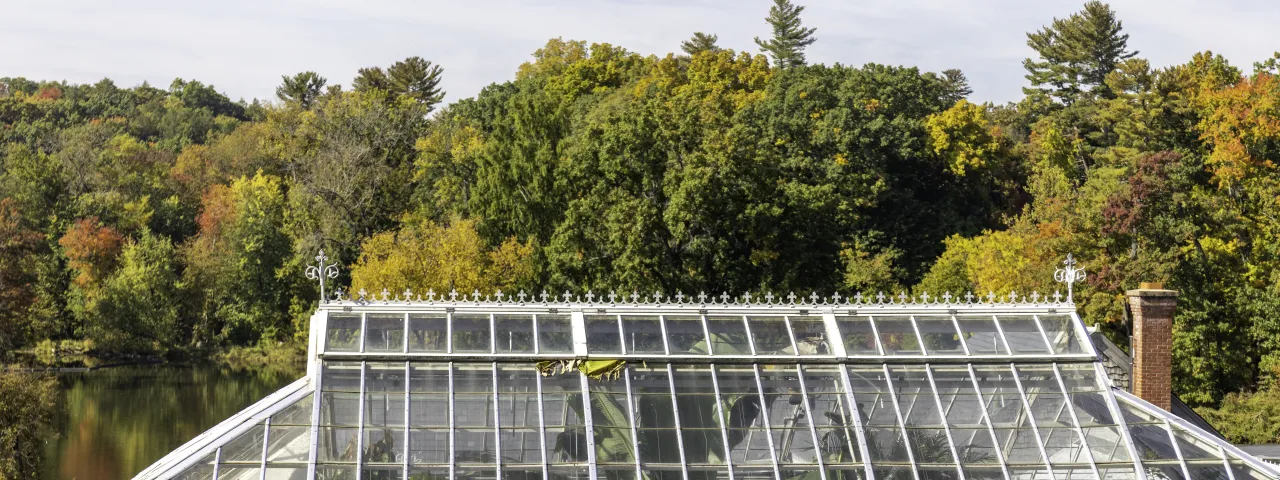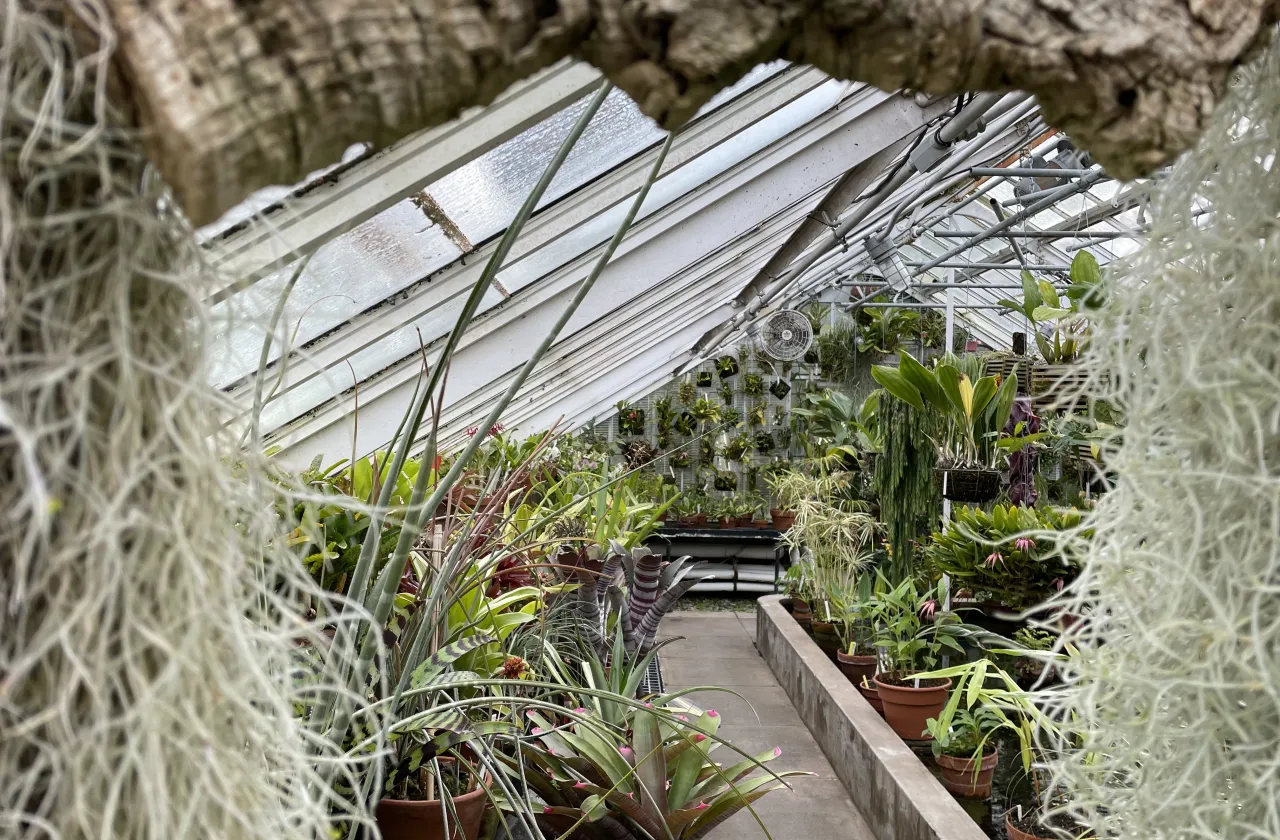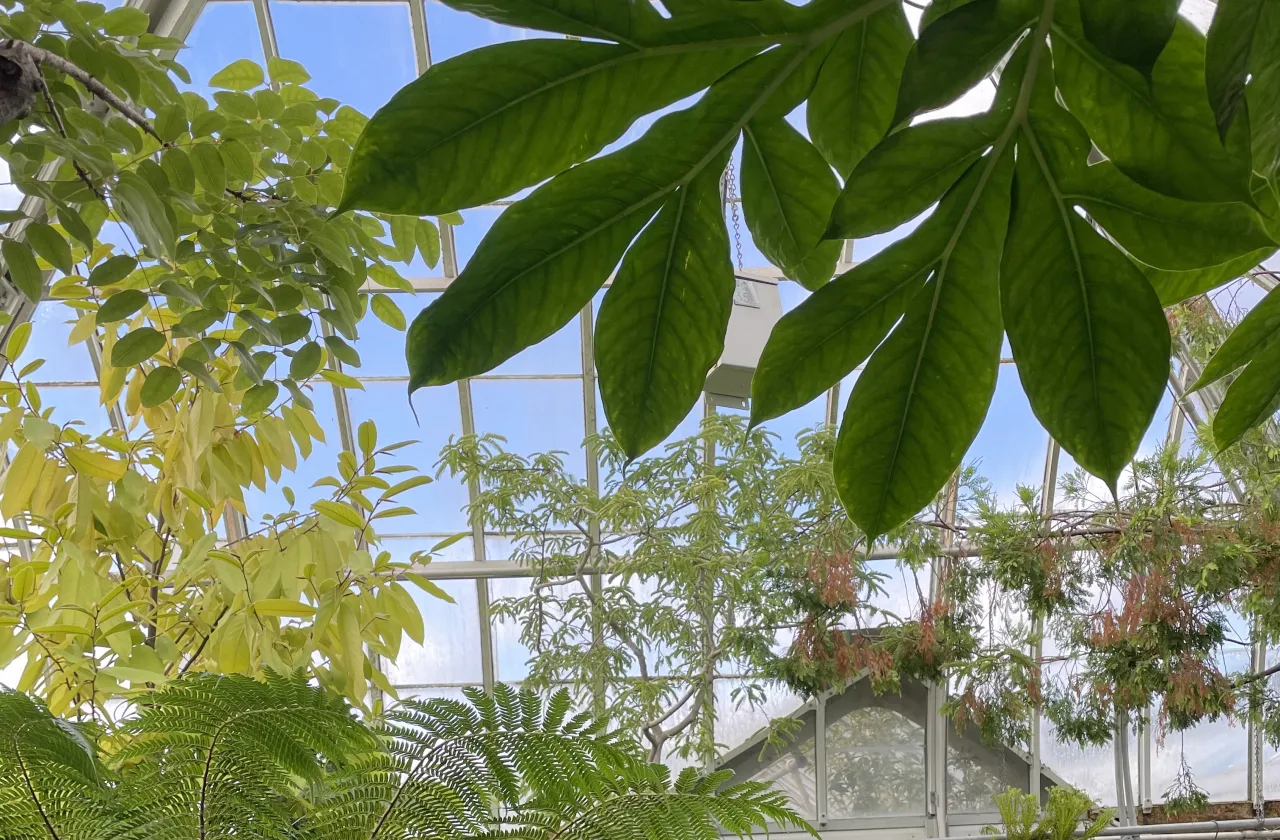Lyman Plant House & Conservatory

Lyman Plant House contains Lyman Conservatory as well as our exhibition space, classrooms and offices. There are ten separate houses within Lyman Conservatory which are open to the public, with two more reserved as staff working spaces. Each house is calibrated for specific growing purposes, allowing plants from around the world to survive and thrive.
Inside Lyman
A Look Behind the Scenes at Lyman
Get an understanding of the philosophies and practices that informs how Lyman Plant House and the collection it holds is managed.

